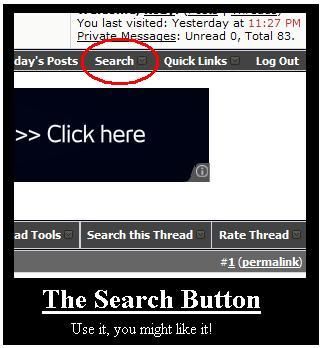- Joined
- Aug 18, 2008
- Messages
- 4,081
I ran one for 10k on my b18cR with no probs, tracked and down the 1/4 regular.
^This is exactly where these things are meant to be used. NOT on a road car.
It is nothing to with balancing or vibration, maximum RPM or how hard you drive. It's about harmonics, you know, the things that make tuning forks sing. The crankshaft is subject to them at certain revs and if undamped they will quickly ruin bearings and oil pumps. If you use this on a race engine, you go up and down the revs and pass quickly through the critical speeds, so the effects are inconsequential, but on a road car you are risking sitting at them which is when **** gets knackered.
You should only use these on race B16s, they are NOT recommended for B18s and I imagine this will be due to the longer stroke making the critical speeds lower.
Your engine though, if it's not worth much to you then go for it, that extra 1bhp will feel sweeeet!

P.S: I've said all this before.

Last edited:

